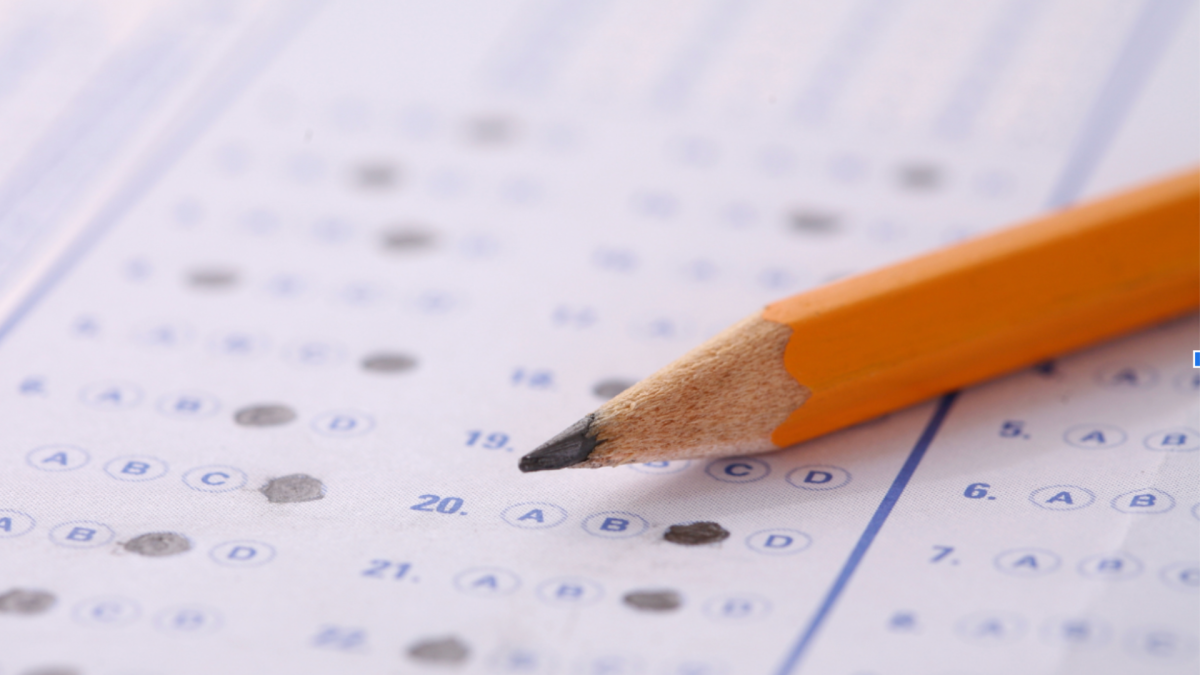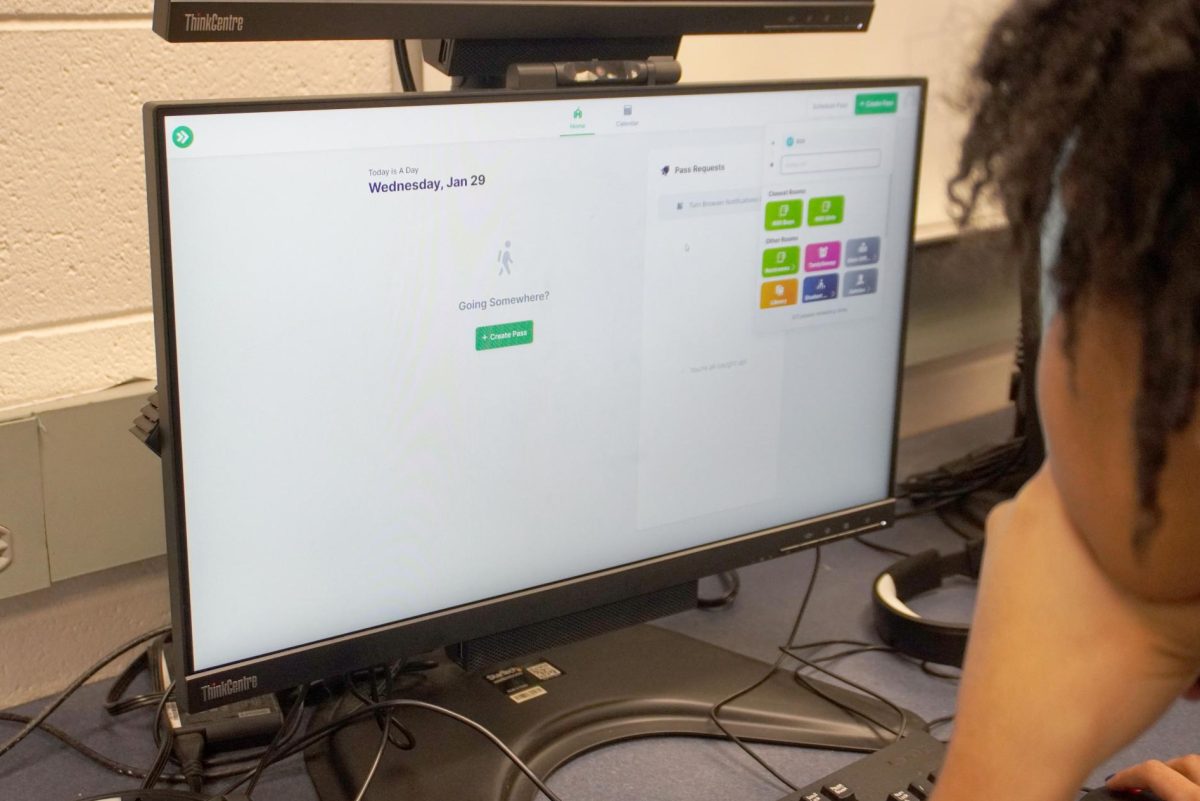The era of bubble sheets and scantrons is coming to an end as the SAT and ACT, two crucial standardized tests, boldly leap into becoming digital. Now that the college exam season is upon us, it’s important to know these digitized versions’ new aspects and formatting.
Leading the charge into going paperless, the new Digital SAT (DSAT) has many changes to its length and testing content. Officially starting in March, the DSAT will now be 46 minutes shorter, making the total time 2 hours and 14 minutes. The main reason for this cut in testing times is the removal of 56 questions from the exam.
Adaptability is the most significant change with the creation of the new DSAT. The exam will be broken into math and verbal sections, just like the original SAT, and these two sections will also be broken down into two modules each. Based on the student’s performance in the first module of a section, the questions in the second module will be more difficult based on the student’s proficiency. Because these questions are more challenging, the questions in the second module will grant more points if answered correctly.
Additionally, the verbal section will no longer have pages of paragraphs for students to read, such as a passage from a book or an article. Instead, students will have one or two paragraphs and will use that excerpt to answer the questions provided. Also, studying vocabulary will become more important than before as vocabulary comprehension and application is 33 percent of the verbal section of the exam.
Furthermore, students will no longer have to worry about a “no calculator” module because calculators will be allowed throughout the entirety of the math section. While many students may be excited, this could possibly be detrimental to a student’s time as they may become fixated on using the calculator on every question. There will be no cost difference between the original SAT and DSAT, and students can get their scores within two to three weeks instead of the original four to five week waiting period.
The ACT will not receive any changes in its length, structure or content for its digital format. The digital ACT will become an option for students by February, and unlike the DSAT, the ACT will have both digital and paper formats available.
While these exams going digital come with mixed feelings, the goal is the same: to assess a student’s skills and readiness for college. These digital formats were created with student mental health in mind by trying to alleviate the stress and anxiety stemming from these exams. The registration deadline for the DSAT on March 9 is Feb. 23, with a late registration option on Feb. 27. Online registration and other information regarding the DSAT can be found at https://satsuite.collegeboard.org.
From Paper to Pixels: ACT and SAT exams go digital
Garrin Reiter, News Guest Writer
February 11, 2024
0
More to Discover
About the Contributor

Garrin Reiter, Co-Editor-in-Chief
Garrin is a senior and this is his second year writing for the Zephyr. In his first year, Garrin was a opinion writer and is now very excited to be taking on the role of Co-Editor-in-Chief his last year of high school. Garrin loves anything involving books, from gripping fantasy series to soppy love stories. He is very excited being a leader in the class and can't wait to see what this new year will bring!





















